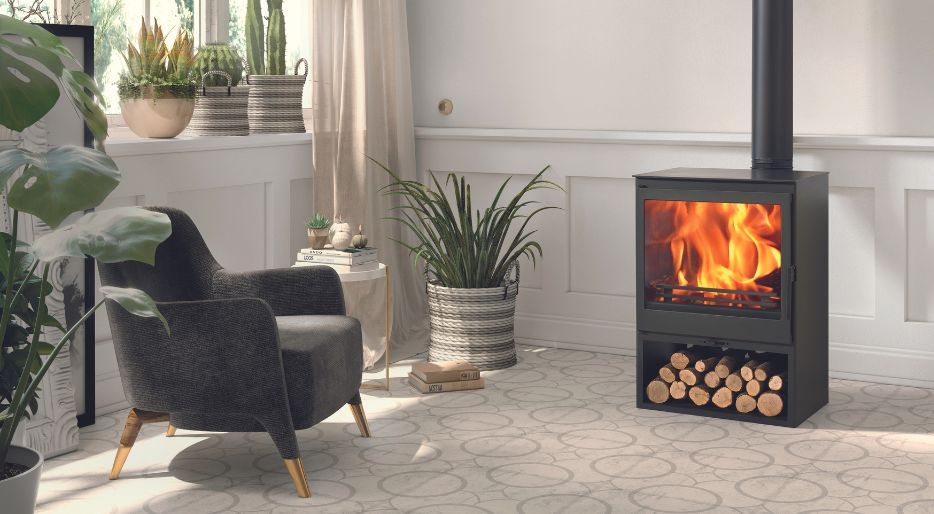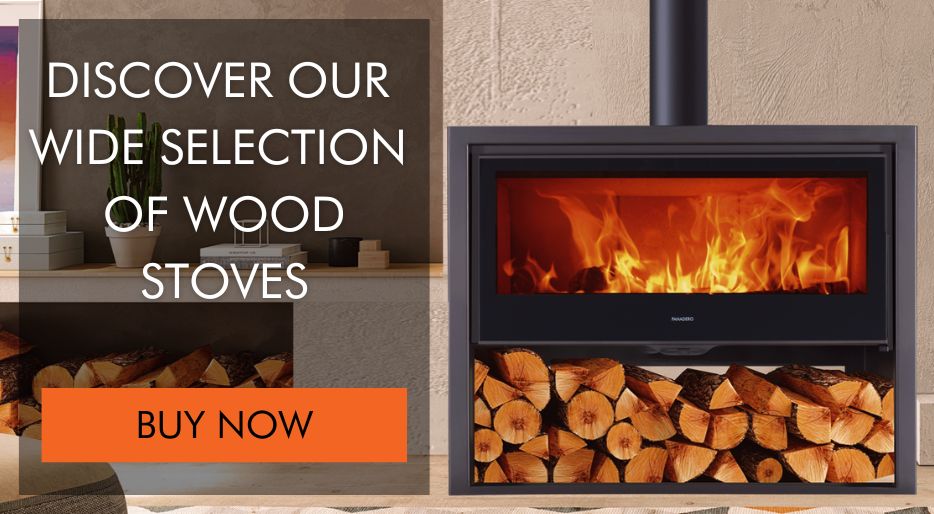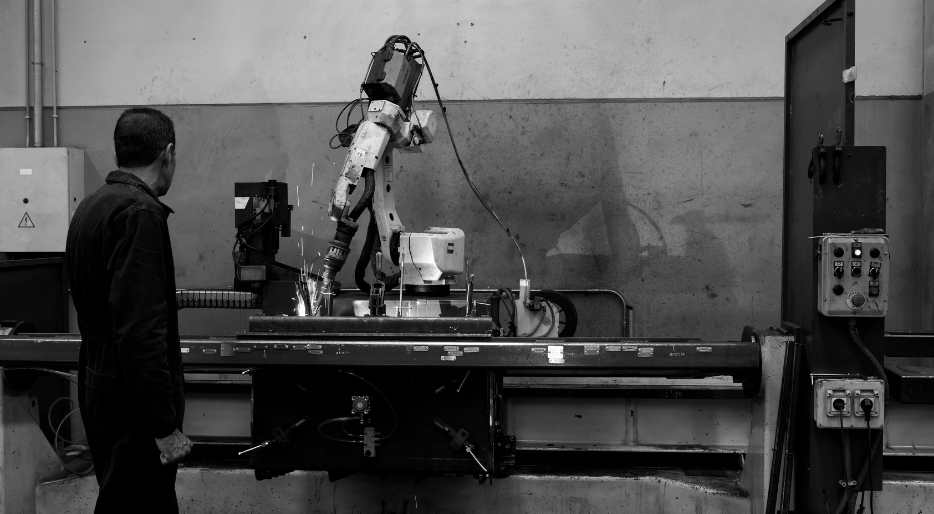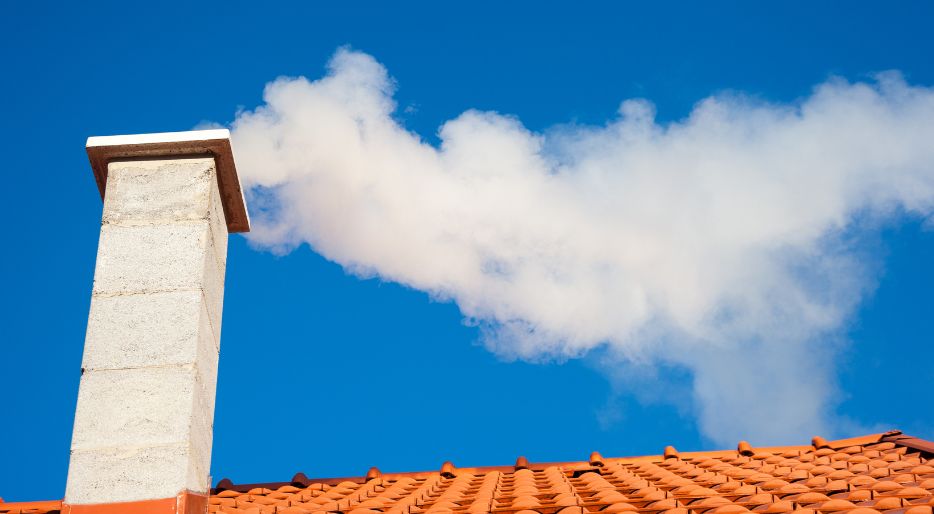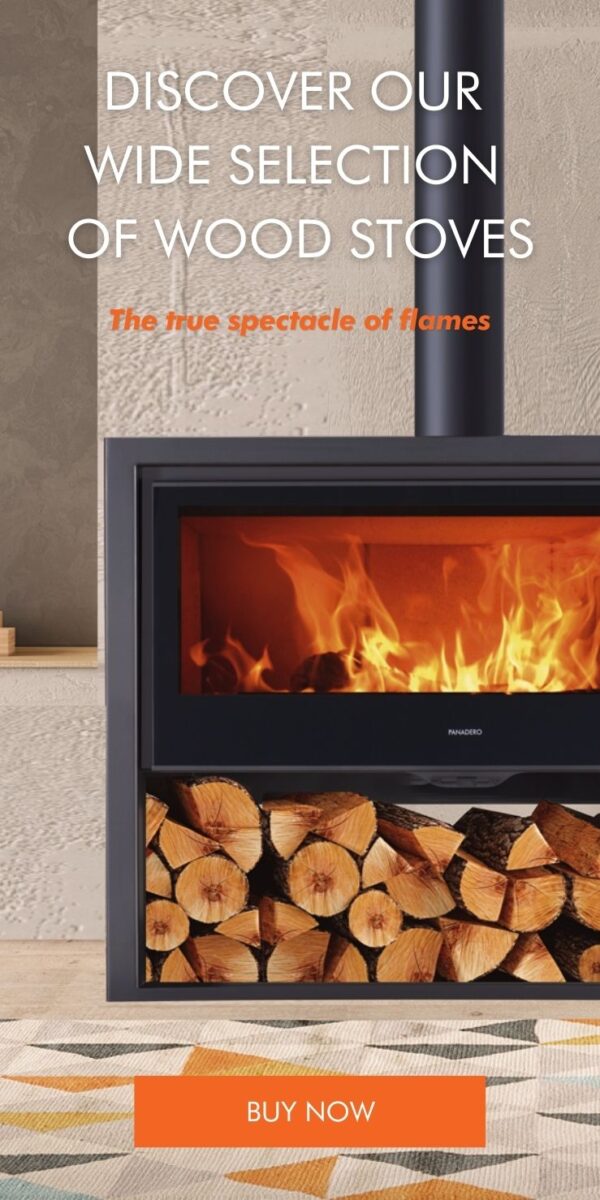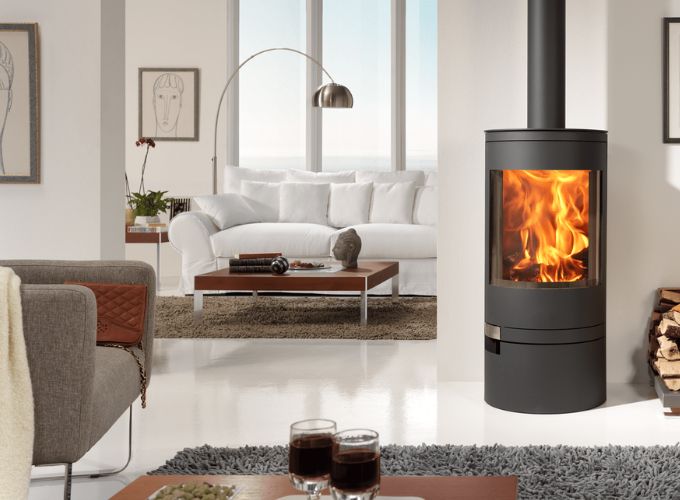
Wood-burning appliances have been a reliable source of heat for centuries, and for many homeowners, they remain a popular choice. However, with increasing environmental and energy efficiency concerns, it may be time to reconsider whether your current wood stove is the best option for you. Also, if you’re looking for a way to heat your home during the summer, you may want to consider a more seasonally appropriate wood stove.
In this post, we’ll help you determine if it’s time to replace your wood stove, explore the options available, and offer tips for choosing the right wood stove for the summer. Read on to learn more!
Why consider replacing your wood stove?
If you already have a wood-burning appliance at home, it’s important to consider whether it’s time to upgrade. In addition to environmental concerns, these appliances can present safety and health challenges if not properly maintained. We’re going to help you evaluate the energy efficiency of your stove, assess whether it meets modern safety standards, and consider the health issues associated with smoke and dust.
Energy Efficiency
Energy efficiency is important for several reasons. First, a wood stove with a high energy rating will burn wood more efficiently, meaning you’ll need less wood to produce the same amount of heat.
In addition, an efficient wood-burning appliance can reduce the amount of greenhouse gas emissions it produces. Older or low-efficiency wood stoves can emit large amounts of smoke and particulates into the air, which can affect the air quality in your home and neighborhood.
It is important to note that a high-efficiency wood stove is not only better for the environment, but can also be safer.
Safety
Wood stoves can be a convenient and economical source of heat, but if not used properly, they can be dangerous.
One of the main safety concerns with stoves is the risk of chimney fires. When wood burns, there is a buildup of residue and creosote in the chimney, which can ignite and cause a fire. To reduce this risk, it is important to regularly clean the chimney and make sure it is free of obstructions.
Another safety concern is the risk of burns or injury caused by direct contact with the stove or hot parts. If you have small children or pets at home, it is important to take steps to protect them.
In addition, it is important to make sure that the wood stove is installed properly and complies with local safety codes and standards. If you have any doubts about the safety of your wood stove, it is best to consult with a professional to make sure you are taking the proper precautions.
Health Problems
Wood combustion can release harmful particles and gases into the air, which can be detrimental to health.
One of the main concerns is exposure to fine particulates. Fine particulates are small particles in the air that can enter the lungs and cause respiratory problems. Long-term exposure to these particles can increase the risk of chronic respiratory diseases, such as chronic obstructive pulmonary disease (COPD) and asthma.
In addition, wood combustion can release gases such as carbon monoxide and nitrogen dioxide, which can be dangerous in high concentrations. Long-term exposure to these gases can increase the risk of respiratory and cardiovascular problems.
To reduce these health risks, it is important to ensure that the stove is installed correctly and that dry, non-resinous wood is being used. It is also advisable to use an energy-efficient wood stove, which burns wood more completely and produces fewer emissions.
What wood stove options are there?
If you are considering replacing your old wood stove, it is important to be aware of the different options available on the market. Today, there are a wide variety of wood stoves available, from traditional models to more modern, energy-efficient wood stoves.
When choosing a wood stove, it is important to consider the size of the room you wish to heat, frequency of use and energy efficiency. Modern wood stoves are designed to be more energy efficient and produce fewer emissions, making them more environmentally friendly and more economical to use in the long run.
In this section, we will explore the different wood stove options available on the market. From cast iron wood stoves to steel wood stoves, slow burning wood stoves to vented wood stoves, we’ll look at the features of each and help you choose the right option for your needs and budget.
High efficiency wood stoves
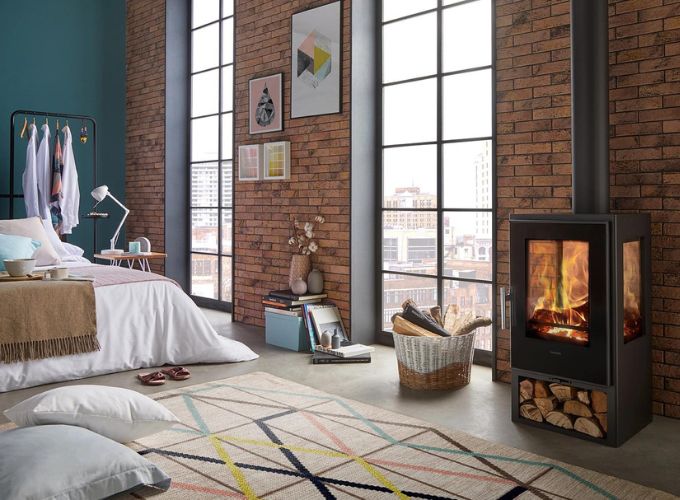
If you are looking for an appliance that is more environmentally friendly and more economical in the long run, you may want to consider an energy-efficient wood stove. These appliances are designed to burn wood more completely, produce fewer emissions and be more economical to use.
One of the key features is their design. These stoves are designed to burn wood more completely, which means they produce less waste and emissions compared to traditional wood stoves. In addition, energy-efficient wood stoves typically have controlled ventilation, which means that the amount of air entering the stove can be regulated to maximize energy efficiency and reduce emissions.
Another important feature of energy-efficient wood stoves is their ability to retain heat. These stoves are designed to retain heat longer, which means they can continue to heat a room even after the wood has burned out completely.
Forced-vent wood stoves
Forced-vent wood stoves are an excellent choice if you’re looking for a way to heat your home quickly and effectively. These stoves use a forced ventilation system to disperse heat more effectively throughout the room.
The operation of a forced-vent wood stove is simple. The hot air generated by combustion in the stove is channeled through a ventilation system and distributed throughout the room by means of ducts or grilles. In this way, a room can be heated much more quickly and efficiently than with a conventional wood stove.
Double and triple combustion wood stoves
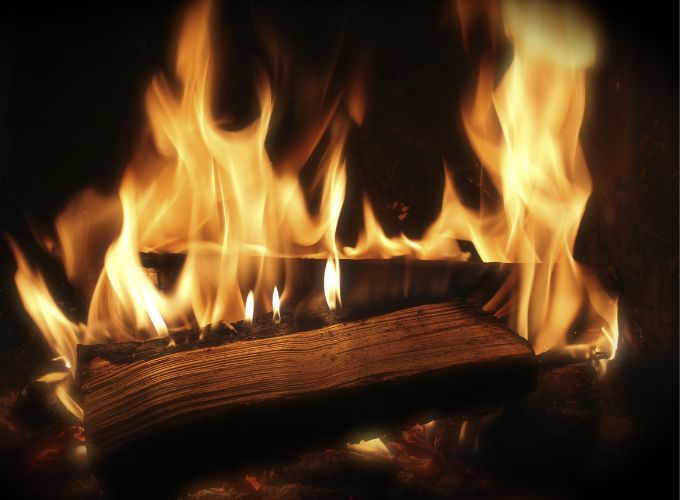
Double and triple-fired wood stoves are an increasingly popular choice for those seeking greater efficiency and lower pollutant emissions. These stoves are designed to burn wood more completely.
Dual combustion wood stoves have a second combustion chamber where the smoke and gases emitted by the first chamber are burned. This second combustion produces more heat and less smoke and ash than a conventional stove.
On the other hand, triple combustion wood stoves have a third combustion chamber where the hot air and gases emitted by the second chamber are burned. This additional combustion process produces even more heat and further reduces smoke and ash emissions.
These appliances are more efficient and require less fuel to generate the same amount of heat, which means savings in fuel costs and a reduction in the amount of smoke and ash produced.
How to choose the right wood stove for the summer?
Choosing the right wood stove for the summer may seem like a daunting task, especially if you’ve never bought one before. However, there are several factors to consider when making your decision.
Size and power
The size and wattage of the wood stove are important factors to consider. If your home is small, a stove that is too large may be unnecessary and inefficient. On the other hand, if your home is large, you will need a stove with enough power to heat all the rooms.
It is important to keep in mind that during the summer, you may not need as much power as you do during the winter. A smaller, less powerful wood stove may be enough to keep your home warm during cool summer nights.
Energy efficiency
The energy efficiency of the wood stove is also important. A more efficient stove means you’ll need less fuel to generate the same amount of heat, which can save you money on fuel costs. In addition, a more efficient stove also means fewer pollutant emissions and a smaller environmental footprint.
Some high-efficiency wood stoves may include features such as double or triple combustion, forced venting or improved insulation to increase their efficiency.
Safety
Safety is a critical factor when choosing a wood stove. Make sure the stove you choose complies with local and national safety codes, and has features such as tempered glass doors and an adequate exhaust system to prevent fires.
Cost
The cost of the wood stove and its installation is another important factor to consider. Wood stoves vary in price depending on their size, power, energy efficiency and additional features. In addition, you should also consider the cost of installation and the labor required to install the stove.
Style and design
Last but not least, the style and design of the wood stove are also important. The stove should be functional and efficient, but it should also fit in with the style of your home and decor. There are a wide variety of styles and designs available, from rustic and traditional stoves to modern and elegant stoves.
With these factors in mind, you can choose the right wood stove for the summer and enjoy warm, cozy nights in your home without having to worry about cost or energy efficiency.
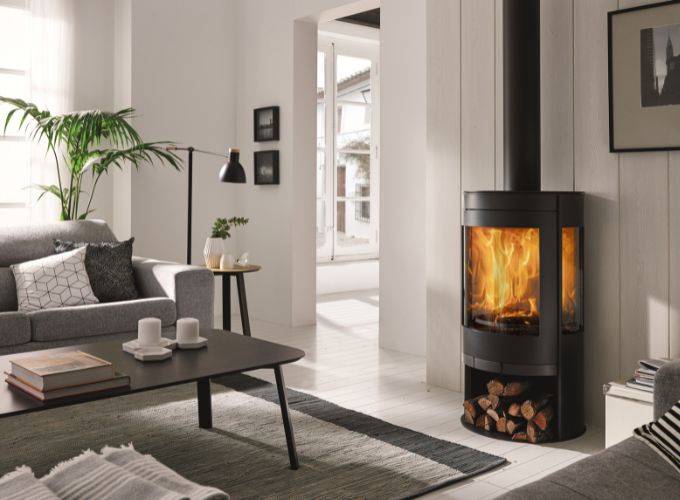
Have you found this article useful? Take a look at our blog and find solutions and recommendations to help you with your fireplace or wood stove.
If you still haven’t got your fireplace or wood stove for this winter… what are you waiting for? Visit our online store of Panadero wood stoves.
Articles of interest:
- Different ideas for decorating the fireplace wall
- How to cover your chimney pipes in a creative and decorative way
- Wood-burning fireplaces for the living room: a cozy and efficient way to heat your home
- Tips for combining your fireplace and television
- How to decorate a fireplace mantel?
- Creative designs for storing firewood in your garden
- Wood stove design styles for decorating your home
Did you like this article? If so, help us spread it 😊 . Click on the buttons below here and feel free to share it on your social networks!
Thank you very much!
↓ ↓ ↓ ↓
